Alright let’s chat about NPS – Net Promoter Score.

It’s a thing a real thing and understanding it can seriously boost your business.
Think of it like this: it’s your company’s report card on how well you’re doing in the eyes of your customers.

It’s not just some fluffy metric; it’s a powerful tool to understand customer loyalty and predict future growth.
So grab a coffee settle in and let’s dive into the nitty-gritty.

Understanding the NPS: More Than Just a Number
The NPS in its simplest form measures how likely your customers are to recommend your product or service to others. It’s all about that word-of-mouth magic. High NPS? People are raving about you. Low NPS? Well you’ve got some work to do my friend. But it’s not just about a simple thumbs-up or thumbs-down; it’s a nuanced system that gives you valuable insights into why customers feel the way they do. This is way more helpful than just a generic satisfaction survey.
The core of the NPS is a single simple question: “On a scale of 0 to 10 how likely are you to recommend to a friend or colleague?” See? Simple.
But incredibly effective.
It’s been around for a while now and despite what some fancy marketing gurus might tell you the core of its genius lies in its simplicity.
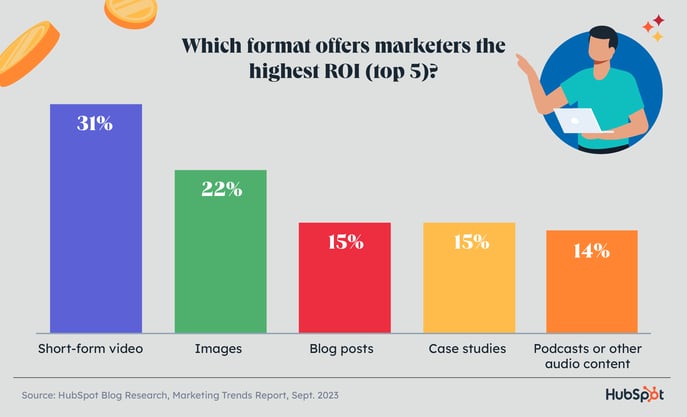
It cuts through the clutter and gets straight to the point: would your customers recommend you?
This seemingly straightforward question allows you to categorize your customers into three groups:
- Promoters (9-10): These are your champions your brand ambassadors. They’re singing your praises from the rooftops (or at least on social media). These folks are your most loyal customers and keeping them happy is crucial.
- Passives (7-8): These are the “meh” crowd. They’re satisfied but not ecstatic. They’re not actively recommending you and they’re potentially vulnerable to switching brands if a better option comes along.
- Detractors (0-6): These are the unhappy campers. They’re not only unlikely to recommend you but they might even actively discourage others from using your product or service. These guys can seriously damage your reputation if not handled properly.
This categorization is more than just labels; it provides a structured way to analyze your customer base and prioritize your efforts to improve the overall customer experience.
It’s kinda like sorting your socks – you wouldn’t just throw them all in a drawer would you? You sort them by color and type.
The same principle applies here.
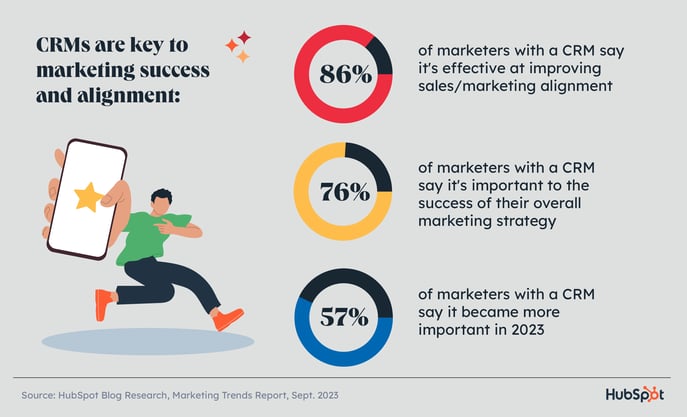
The History of NPS: From Bain & Company to Global Phenomenon
The NPS wasn’t invented overnight.
Fred Reichheld a consultant at Bain & Company is the mastermind behind this seemingly simple yet revolutionary metric.

His groundbreaking work published in the Harvard Business Review highlighted the limitations of traditional customer satisfaction surveys and proposed a simpler more action-oriented approach.
The key insight? Focusing on customer loyalty as measured by their willingness to recommend provided a more reliable predictor of business growth than more elaborate complex surveys.
Initially introduced in his 2003 HBR article “The One Number You Need to Grow” the NPS quickly gained traction.
It offered a more direct and less ambiguous approach to measuring customer satisfaction.
It addressed many common issues with older customer satisfaction surveys; these older surveys were often lengthy filled with jargon and didn’t offer clear guidance on how to improve customer experience based on the results.
The NPS provided a straightforward method to understand loyalty and take action.
Its simplicity allows businesses to easily track the success of marketing initiatives and changes.
Today the NPS is widely adopted by businesses of all sizes across numerous industries.
Its widespread adoption and continued relevance showcase its lasting effectiveness in measuring and improving customer relationships.
It’s a testament to the power of a simple well-crafted question.
Calculating Your NPS: It’s Easier Than You Think
So how do you actually calculate this magical number? It’s surprisingly straightforward.
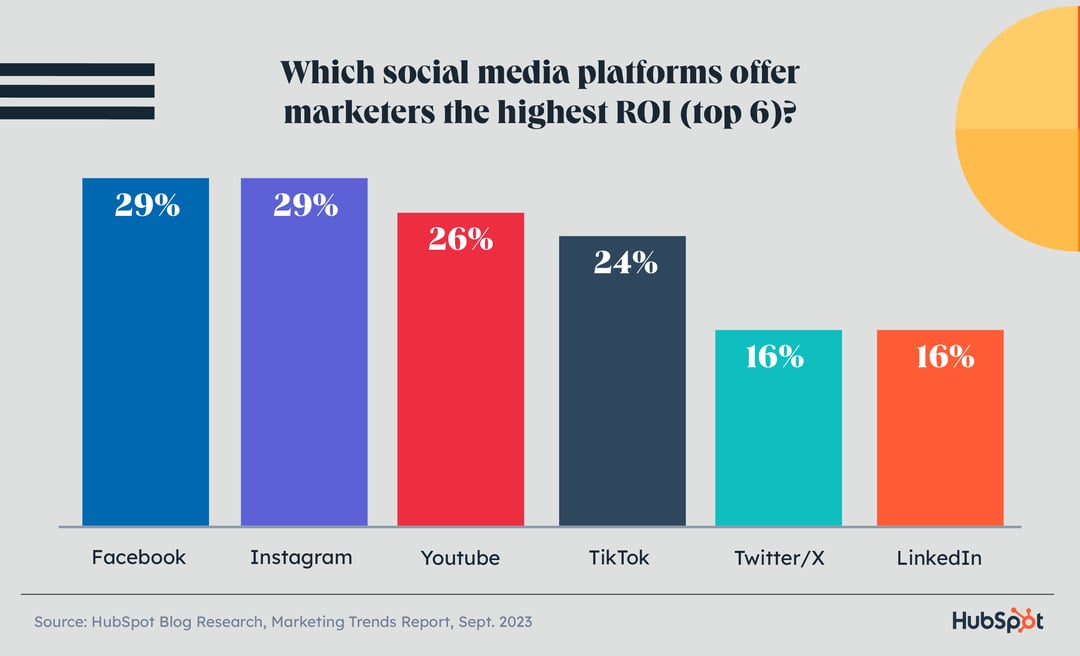
Once you’ve collected your data (more on that later) the calculation is simply this:
NPS = % of Promoters – % of Detractors

Let’s say you surveyed 100 customers and you got the following responses:
- 20 Detractors
- 50 Passives
- 30 Promoters
The calculation would be:

NPS = 30% – 20% = 10
Simple right? Your NPS is 10. But remember this is just a number.
The real value lies in understanding what that number means in the context of your industry and business goals.

A score of 10 might be considered excellent in one industry while it might be abysmal in another.
The goal is to always improve and not just reach a number.
Interpreting Your NPS Score: Context is Key
Now that you’ve calculated your NPS what does it actually mean? A high NPS is generally a good thing indicating strong customer loyalty and a high likelihood of future growth. A low NPS on the other hand indicates that there’s room for improvement. But how do you know what constitutes a “good” or “bad” score? Context is everything.


There’s no magic number.
What might be considered a great NPS in one industry could be a disaster in another.
For example a luxury car company might expect a higher NPS than a fast-food chain.
It’s crucial to benchmark your score against your competitors and industry averages.
If your NPS is low compared to competitors you know where to focus your efforts.
It’s also essential to track your NPS over time.
This allows you to monitor the effectiveness of your efforts to improve customer satisfaction.
Are your strategies working or do you need to tweak your approach? Tracking provides you with essential data to identify improvement areas and make necessary modifications.
It’s an ongoing process not a one-time deal.
Beyond the Number: Actionable Insights from NPS Surveys
The NPS is more than just a number; it’s a gateway to a wealth of actionable insights.
The beauty of it is that simply asking the main NPS question doesn’t provide complete insights therefore asking additional questions to deepen the understanding of customer feedback is essential.
Let’s dig deeper into what that entails:
Collecting Your NPS Data Effectively: The “How” Matters
Getting accurate and meaningful NPS data is critical.
A poorly conducted survey can provide flawed results.
Let’s look at things to keep in mind when implementing the survey and collecting data:
- Timing: When should you send out your survey? Immediately after a transaction (transactional NPS) after a specific interaction with customer service or at regular intervals to get a general overview of customer loyalty? The timing can heavily influence the accuracy of the data received.
- Target Audience: Who should you survey? All your customers? Just new customers? Or perhaps customers who’ve recently had a negative experience? The choice of target audience is crucial and will impact the data received. Be strategic in your selection of the customer segment.
- Survey Length and Questions: Keep it short sweet and to the point. People are busy. A long tedious survey will result in low response rates. Make it concise and easy to complete.
- Open-Ended Questions: Don’t just rely on the 0-10 scale. Include open-ended questions to allow customers to explain their rating. This qualitative data is invaluable for understanding the why behind the numbers.
Remember you’re not just gathering numbers; you’re trying to understand the feelings and experiences of your customers.
Analyzing Your NPS Results: Unlocking the “Why”
The raw NPS score itself is helpful but to truly benefit from it you need to go deeper.
Analyze the open-ended feedback provided by customers.
Categorize this feedback into common themes and issues.
This will provide insights into the root causes behind positive and negative sentiments.
Hey, fellow redditors! Want to level up your business game and make your customers actually love you? 🤔 Then you NEED to check out this killer guide on NPS (Net Promoter Score)! 🚀 This guide will help you understand and boost your NPS It’s not just some corporate jargon; it’s the secret sauce to unlocking customer loyalty and making serious bank. 💰 Don’t be a lurker, click the link! 😉
For example frequent complaints about shipping times could suggest that investment in improved logistics is needed.
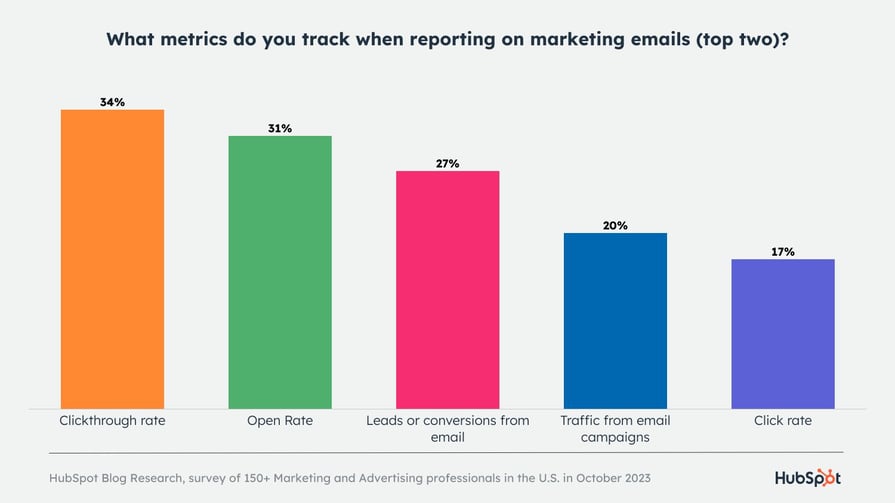
This qualitative data helps you prioritize areas for improvement.
If a majority of your detractors are citing poor customer service you know exactly where to focus your attention and resources.

It’s about taking action and making actual changes.
Don’t just collect data; use it to improve your business.
Improving Your NPS: A Practical Approach
A high NPS isn’t a goal in itself; it’s a reflection of customer satisfaction and loyalty.
Improving it involves proactively addressing customer needs and enhancing their overall experience.
The following strategies will help you in your journey to boosting your NPS:
Actionable Steps for Enhancing the Customer Journey
Here are practical approaches that you can use to enhance the customer experience and improve your NPS score:
- Proactive Customer Communication: Keep your customers informed about new developments updates or product releases. It helps them feel valued and appreciated.
- Personalized Experiences: Try to personalize customer interactions as much as possible. The more personalized the experience is the more attached they will be to your company and brand.
- Excellent Customer Service: Address issues immediately and efficiently. Frustrated customers are unlikely to become promoters. Empower your customer service team to resolve issues quickly and effectively.
- Loyalty Programs: Reward your most loyal customers with exclusive offers or perks. This encourages them to continue being brand ambassadors.
- Continuous Improvement: Regularly monitor and measure your NPS. Analyze your findings implement improvements and track the results. Keep iterating and refining your strategies based on feedback.
Remember that the key to a high NPS is delivering a great overall customer experience.
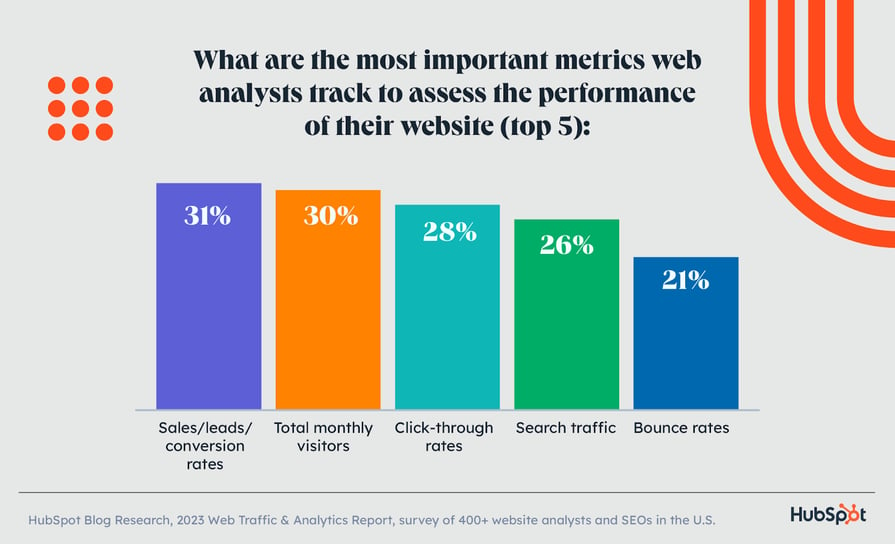
Integrating NPS into Your Business Culture: A Long-Term Game
Improving your NPS is not a quick fix; it’s an ongoing commitment.

It should be embedded into the culture of your company.
Share your NPS results with your team and make it a shared goal to improve it.
Encourage open communication about customer feedback and make it part of the company’s overall strategy.
Make it clear that excellent customer service isn’t just a job requirement; it’s a fundamental aspect of how the company operates.
When the entire team is aligned on the importance of customer satisfaction you’re more likely to see consistent improvement in your NPS.

Hey, fellow redditors! Want to level up your business game and make your customers actually love you? 🤔 Then you NEED to check out this killer guide on NPS (Net Promoter Score)! 🚀 This guide will help you understand and boost your NPS It’s not just some corporate jargon; it’s the secret sauce to unlocking customer loyalty and making serious bank. 💰 Don’t be a lurker, click the link! 😉
Hey, fellow redditors! Want to level up your business game and make your customers actually love you? 🤔 Then you NEED to check out this killer guide on NPS (Net Promoter Score)! 🚀 This guide will help you understand and boost your NPS It’s not just some corporate jargon; it’s the secret sauce to unlocking customer loyalty and making serious bank. 💰 Don’t be a lurker, click the link! 😉
Think of it as a marathon not a sprint.
NPS and Other Customer Satisfaction Metrics: A Holistic Approach
While NPS is a valuable metric it’s not the only one you should track.
Consider using it in conjunction with other customer satisfaction metrics such as:

- Customer Satisfaction Score (CSAT): Measures how satisfied customers are with a specific interaction or product.
- Customer Effort Score (CES): Measures how much effort customers had to exert to achieve their desired outcome.
These metrics provide a more comprehensive picture of customer satisfaction.
Using a combination of metrics provides a more holistic understanding of customer sentiment and allows for a more targeted approach to improving the customer experience.
In conclusion the NPS is a powerful tool but its effectiveness depends on your approach.
Use it wisely and always keep in mind that the goal is not just a higher number but happier more loyal customers.
Remember it’s all about building relationships and providing a great experience.
Good luck and remember to have fun along the way!
Check our top articles on NPS (Net Promoter Score) : définition, calcul et conseils

